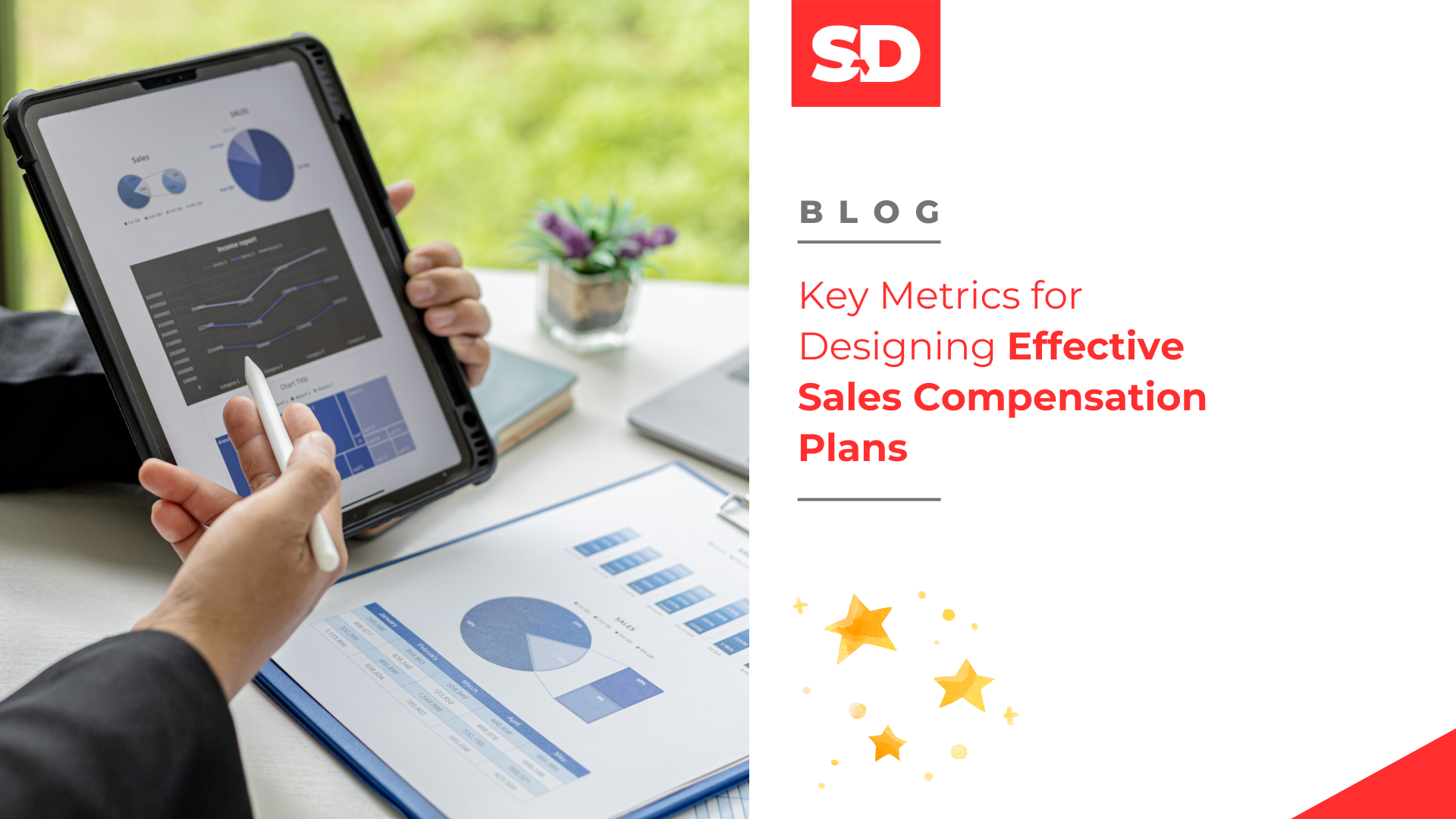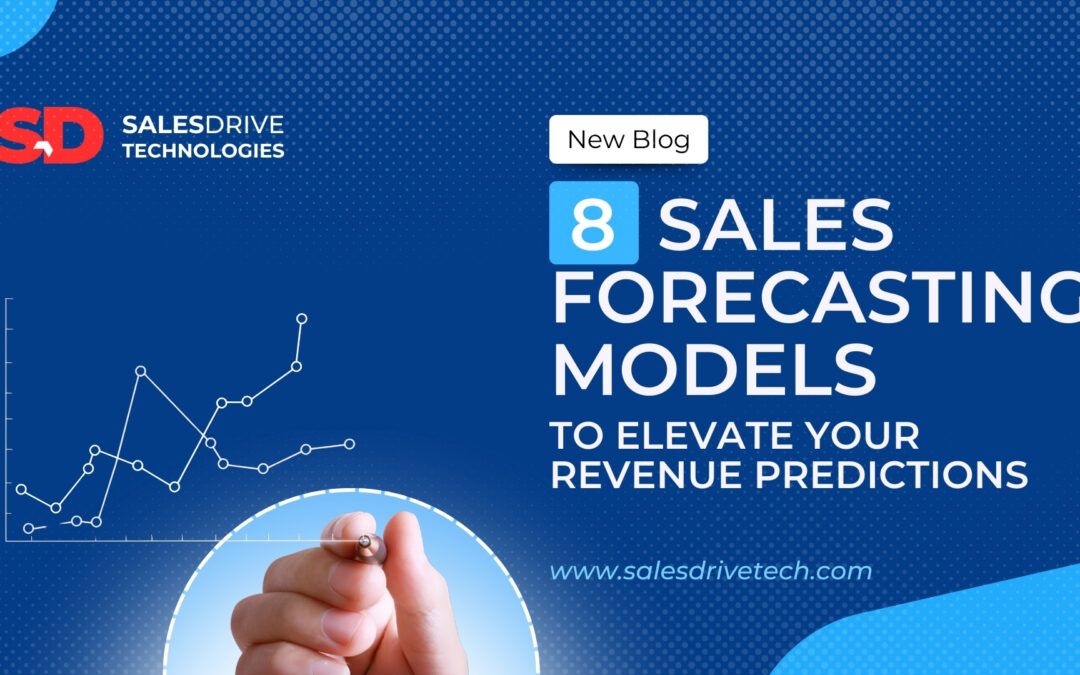Introduction
It’s the end of the quarter, and your star salesperson is pacing below target. Despite their charisma and product knowledge, sales are sluggish. You know he/she is capable, but something isn’t clicking.
In the cutthroat world of sales, motivating your team is the difference between hitting quotas and falling flat. An effective sales compensation plan is like a well-oiled machine that incentivizes performance and drives results. But how do you design a plan that truly ignites your sales force? The answer lies in the power of key metrics.
Let’s dive into the funnel and explore how metrics can transform your sales compensation strategy from good to great.
Understanding the Sales Funnel: Your Roadmap to Success
Imagine your sales process as a funnel – wide at the top where you generate leads, and narrowing down as those leads convert into paying customers. Every stage of the funnel holds valuable metrics that paint a clear picture of your sales team’s effectiveness. Here are some key metrics to consider:
- Lead Generation: This metric tracks the number of leads generated by your sales and marketing efforts. A healthy lead flow is the lifeblood of your sales pipeline.
- Conversion Rates: Track the percentage of leads that convert into meetings, opportunities, and ultimately, closed deals. Optimizing conversion rates at each stage is crucial for maximizing sales output.
- Sales Cycle Duration: Measure the average time it takes to convert a lead into a customer. A shorter sales cycle translates to faster revenue generation.
- Deal Size: Track the average value of closed deals. Focusing on larger deals can significantly boost your bottom line.
- Renewal Rates: Don’t forget about your existing customer base! Track your customer retention rate to identify churn and implement strategies to win back lost business.
- Upsell and Cross-sell Opportunities: There’s gold in them thar hills – existing customers present a prime opportunity for upselling (selling higher-value products) and cross-selling (related products).
By closely monitoring these metrics, you gain a deep understanding of your sales funnel’s health and identify areas for improvement.
Setting Fair Quotas: The Tightrope Walk of Motivation
Quotas are the targets your sales reps strive for and setting them fairly is crucial. Unattainable quotas become demotivating, while quotas that are too easy breed complacency. The sweet spot lies in striking a balance between achievable targets and challenging goals. Here’s a golden rule: aim for around 40% of your reps to meet or exceed their quotas.
Sales funnel metrics provide the foundation for setting achievable quotas. Let’s explore some scenarios:
- Low Lead Generation: If your lead flow is weak, setting high quotas based on historical sales numbers will be discouraging. Use funnel metrics to adjust quotas and incentivize lead generation efforts.
- Poor Conversion Rates: Analyze conversion rates at each stage and identify bottlenecks. Set quotas that reflect improved conversion rates, motivating reps to focus on effective sales techniques.
- Smaller Deal Sizes: Analyze your ideal customer profile and target market. Consider adjusting quotas to reflect deals with a higher average value.
Designing Variable Compensation Structures: The Art of the Reward
A well-structured compensation plan balances a secure base salary with the potential for high earnings through variable compensation. This variable portion typically includes:
- Commission: A percentage of sales revenue earned by the rep. Commission structures incentivize reps to close deals and drive sales growth.
- On-Target Earnings (OTE): This combines the base salary with the expected amount earned through commission. A clear OTE sets expectations for both reps and the company.
- Here are some popular variable compensation structures:
- The 50/50 Split: This classic approach allocates 50% of the OTE to base salary and 50% to commission. It offers a balance between security and earning potential.
- Calculating commission rates involves factoring in quotas and OTE. For example, if a rep has a $100,000 OTE with a 60/40 base salary/commission split, and their quota is $200,000, they will earn a 20% commission on all sales above $200,000.
Let’s break down variable compensation structures into simpler terms with an example:
Imagine you run a shoe store:
Base Salary: This is your guaranteed pay for your employees (the salespeople), like a weekly wage. It provides a sense of security, regardless of how many shoes they sell. Let’s say it’s $400 per week.
Commission: This is the exciting part! It’s the extra money your salespeople can earn on top of their base salary, based on how many shoes they sell. Think of it as a reward for their hard work and selling skills.
Here’s how you could design the commission structure:
Simple Commission: You could offer a flat rate per shoe sold. For example, maybe for every pair of shoes sold, your employee gets an extra $10 on top of their base salary. So, if they sell 5 pairs in a week, they’d earn an extra $50 commission (5 pairs * $10/pair) on top of their $400 base salary, for a total of $450 that week.
Target-Based Commission: You could set a sales target (quota) for your employees. Let’s say the target is to sell 10 pairs of shoes a week. If they reach the target, they keep earning the $10 commission per shoe. But to encourage them to sell even more, you could offer a bonus commission for exceeding the target. Maybe for every pair sold above 10, they get $15 instead of $10. So, if they sell 15 pairs in a week, they’d earn $150 commission (5 pairs above target) * $15/pair) + $50 commission (10 target pairs * $10/pair) on top of their $400 base salary, for a total of $600 that week. This rewards them for exceeding expectations!
On-Target Earnings (OTE) in this shoe store example:
The OTE would be the total amount your employees can expect to earn, including the base salary and the average commission they might make. Let’s say you estimate they can sell 12 pairs of shoes a week on average. So, their OTE would be $400 base salary + ($10 x 12) average commission = $520.
Key Takeaways from the above example:
-
-
-
- A good compensation plan balances a secure base salary with the potential for extra earnings through commissions.
- Commissions incentivize salespeople to sell more and boost your store’s revenue.
- You can design commission structures that reward exceeding targets.
- The OTE helps set expectations for both you and your salespeople.
- By using a variable compensation structure, you can motivate your employees to work hard and sell more shoes (or your product in a real-world scenario)!
-
-
Implementing Accelerators Effectively: It’s All About the Climb
Accelerators can be a powerful tool, but proper implementation is key. Here’s how to make them work for you:
Set Clear Thresholds and Rates: Clearly define the sales performance benchmarks required to trigger accelerators and the corresponding bonus rates or commission increases. Transparency is essential for motivating reps.
Monitor and Adjust: Track the effectiveness of your accelerator program. Are the thresholds set at the right level? Are the incentives motivating the desired behaviors? Be prepared to adjust based on ongoing performance data.
Conclusion: The Metrics Advantage
By leveraging key sales funnel metrics, you can design a compensation plan that goes beyond a simple paycheck. It becomes a powerful motivator, a roadmap to success that aligns your reps’ goals with the company’s vision.
Here are some key takeaways to remember:
- Metrics are your compass. Use sales funnel data to understand your sales process and identify areas for improvement.
- Fair quotas are the foundation. Set achievable yet challenging targets based on funnel metrics.
- Variable compensation fuels the fire. Design a structure that balances security with the potential for high earnings.
- Accelerators are the nitro boost. Use them strategically to motivate reps to exceed expectations.
Remember, your compensation plan is a living document. Salesdrive Technologies believes that one needs to continuously evaluate and refine it based on evolving sales performance metrics. By embracing the power of data and creating a truly motivating compensation strategy, you’ll empower your sales force to achieve remarkable results.




